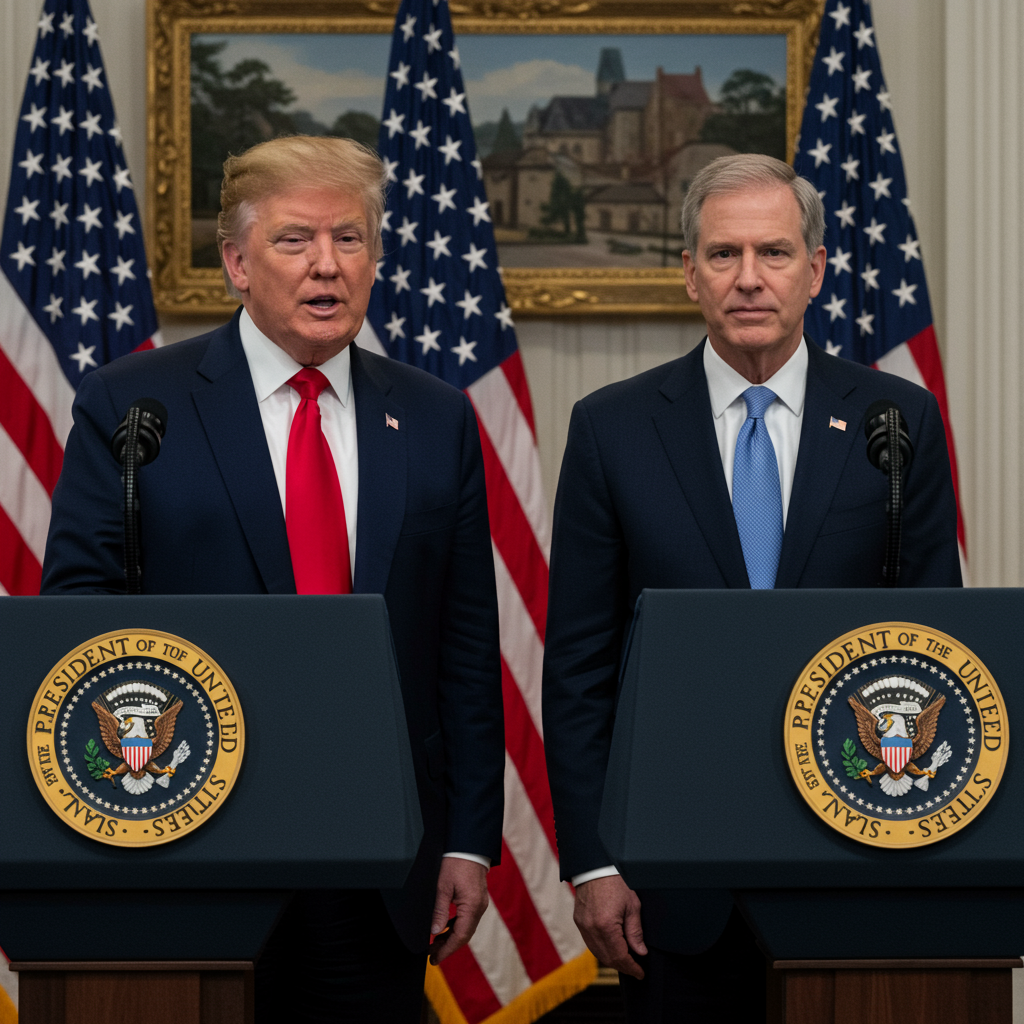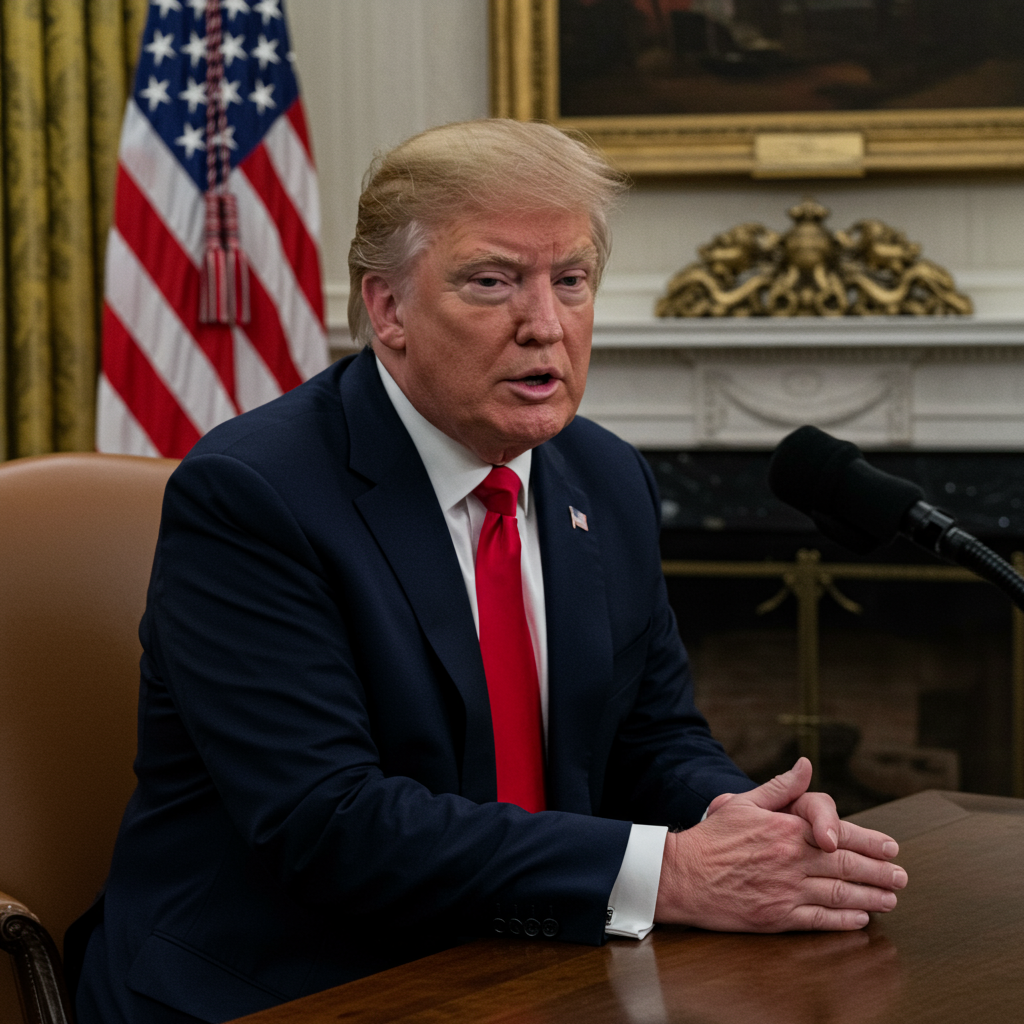US and China Announce Trade Deal Signing, Critical Rare Earths Take Center Stage
President Donald Trump announced late Thursday that the United States and China have signed a trade agreement, a development confirmed by Commerce Secretary Howard Lutnick who stated the deal was “signed and sealed” earlier in the week. While initial details were sparse, subsequent clarifications indicate the agreement establishes a framework aimed at resolving key points of contention, particularly focusing on critical rare earth minerals.
Framework Builds on Previous Truce
A White House official clarified that the document signed is an “additional understanding for a framework to implement the Geneva agreement,” a truce reached in May where both nations agreed to postpone planned tariff hikes for 90 days to allow negotiations to continue. Subsequent talks in London helped set the groundwork for this newly signed framework.
China’s Commerce Ministry confirmed on Friday that details of the framework had been “further confirmed.” They stated that China would approve export applications for controlled items that meet legal conditions, and the U.S. would correspondingly cancel a series of restrictive measures. While the Chinese statement didn’t explicitly name rare earths, U.S. officials indicated that expediting rare earth shipments to the US was a central focus of this understanding.
The Rare Earths Nexus: Why It Matters
Rare earth elements are vital components in numerous high-tech products, from electric vehicles and smartphones to advanced defense systems and wind turbines. China holds a near-monopoly on the processing and supply of these critical minerals. Control over rare earth exports has become a significant bargaining chip for Beijing, at times eclipsing the focus on tariffs in recent negotiations.
In April, China imposed permitting requirements on seven rare earth elements, sparking concerns globally about supply chain disruptions. This led to disruptions for manufacturers, including automakers who reported production lines being heavily impacted. While China recently announced it was accelerating the review of rare earth export license applications and approving compliant submissions, this new agreement appears to formalize commitments to ensure these critical materials flow to the U.S.
Reports suggest that China has been carefully vetting buyers, potentially due to “dual-use restrictions” aimed at preventing materials from being used in U.S. military applications. Furthermore, controlling access to technical knowledge within China’s rare earth industry has also reportedly been a factor. The agreement signals a move to unblock this crucial supply line in exchange for the U.S. rolling back certain measures.
Beyond Rare Earths: Tariffs and Other Issues
The trade discussions have also touched upon other contentious issues. China recently announced it would designate two additional substances as precursor chemicals for fentanyl, subjecting them to stricter production and export regulations. This follows demands from the U.S. administration to curb the flow of these chemicals, which are used by Mexican cartels to produce fentanyl destined for the U.S. President Trump had imposed a 20% tariff on Chinese imports specifically related to this issue.
While the Geneva agreement aimed to scale back many punitive tariffs, some higher duties, including those related to fentanyl and existing tariffs on aluminum and steel, reportedly remain in effect.
Broader Trade Outlook and Economic Impact
The rapidly shifting trade landscape continues to impact both major economies. The U.S. economy saw a contraction in the first quarter of the year, partly attributed to a surge in imports by companies anticipating future tariffs. In China, factory profits have shown declines. Analysts warn that the volatility in trade policy could contribute to a global slowdown and potentially higher inflation in the U.S.
Looking ahead, U.S. officials, including Secretary Lutnick, have expressed optimism about reaching trade deals with numerous other countries, including India, in the coming months. Treasury Secretary Scott Bessent hopes to finalize agreements with over a dozen nations by Labor Day (early September). This indicates a softening of previously suggested earlier deadlines for reaching comprehensive deals with key trading partners.
President Trump, described by Secretary Lutnick as the “dealmaker,” is expected to remain personally involved in these negotiations as the administration pursues further trade agreements. The signing of the framework agreement with China, particularly its focus on the critical issue of rare earth supply, marks a significant step following months of uncertainty, though challenges remain in achieving a broader resolution to the trade tensions. The news saw a positive reaction in US stock markets, with indexes reaching record levels.



